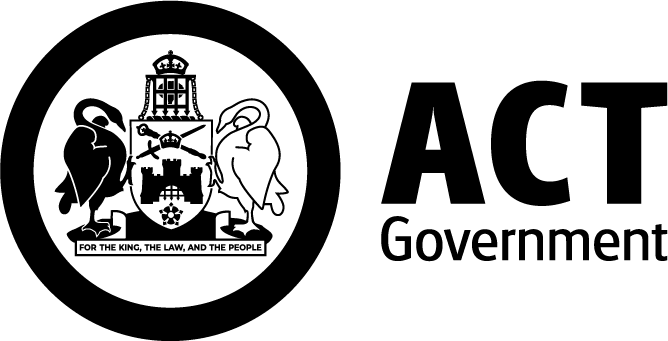Aboriginal heritage
Aboriginal people have lived in the Canberra region for over 20,000 years. This goes back to as early as the Ice Age.
The Heritage Act 2004 (the Act) protects all Aboriginal places and objects on ACT land. These places and objects are important to Aboriginal people as part of their history and heritage. They also reflect the strong connection between the Ngunnawal people and the ACT landscape.
Some places and objects also have significant cultural, scientific, or archaeological value. This means they may meet one or more of the heritage criteria and be listed on the Heritage Register.
Areas such as Black Mountain and the Tidbinbilla and Gibraltar ranges were important for lore and ceremony.
Types of Aboriginal heritage
There are many diverse Aboriginal heritage sites in the ACT. They can be discreet but abundant and not always obvious. There are thousands of sites recorded, with many listed on the Heritage Register. The most common sites are artefact scatters from open campsites. This can include:
- stone tools
- charcoal
- animal bones
- ochre.
Other types of Aboriginal sites in the ACT include:
- scarred trees
- rock art sites
- burials
- grinding grooves
- stone quarries
- ochre quarries
- wooden artefacts
- sacred landscapes.
Many Aboriginal artefacts found in lowland Canberra show that the area was a popular camping ground for the Ngunnawal people. They hosted other tribes including:
- Gundungurra
- Wiradjuri
- Wolgalu
- Ngarigo.
The area was rich in resources, including the following plants:
- Red Stringybark trees
- Ovens Wattle
- Spiny-headed Matt Rush
- Silver Wattle
- Kangaroo Grass.
These plants were used to make tools, canoes, baskets, and medicines. The water springs in the area were home to:
- trap frogs
- fish
- yabbies
- lizards
- kangaroos
- turtles.
Protecting Aboriginal heritage
Under the Act anyone who finds an Aboriginal place or object must report it to the Heritage Council (the Council) via ACT Heritage within 5 working days. There are also penalties for damaging any Aboriginal place or object.
If you find an Aboriginal heritage object or place:
- do not move it
- do not do anything that might damage it
- note if it is under threat (e.g., from machinery or vandalism)
- alert the Heritage Council via ACT Heritage by emailing heritage@act.gov.au within 5 working days.
The Act also allows for declaring Representative Aboriginal Organisations (RAOs). The Council consults these groups on ACT Aboriginal heritage places and objects. The current RAOs are:
- Buru Ngunawal Aboriginal Corporation
- King Brown Tribal Group
- Mirrabee
- Ngarigu Currawong Clan.
Contact
Phone: 13 22 81
Email: heritage@act.gov.au
